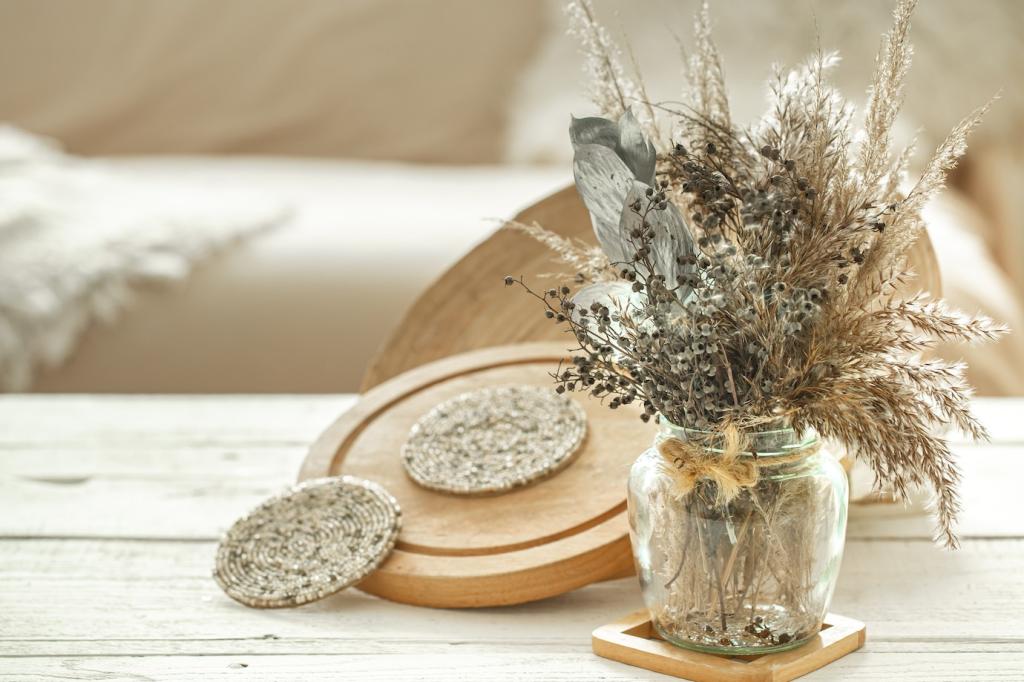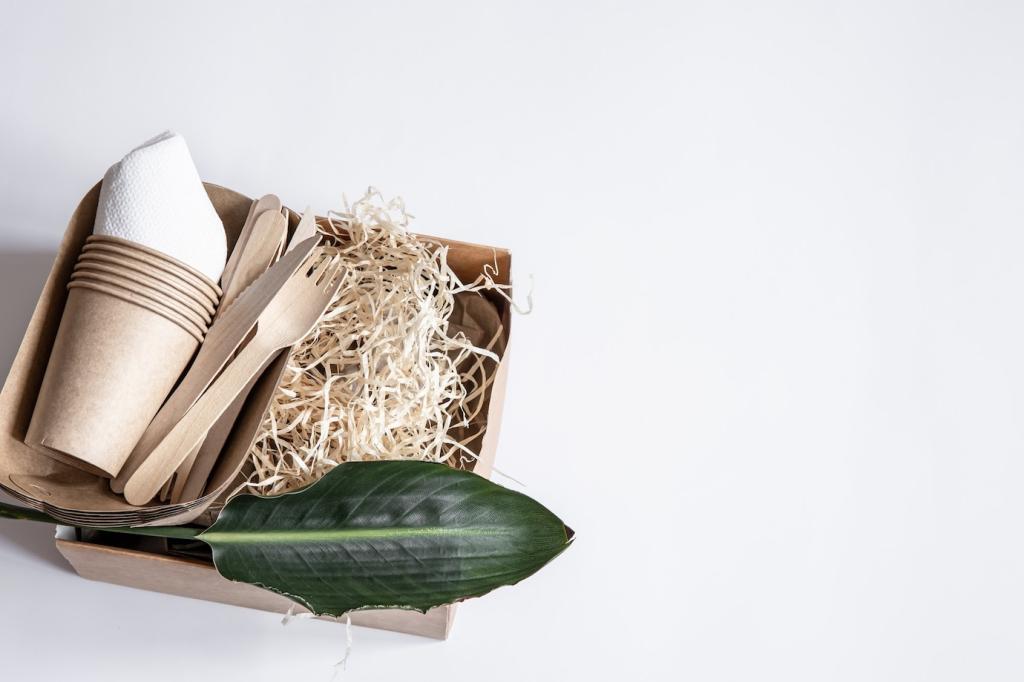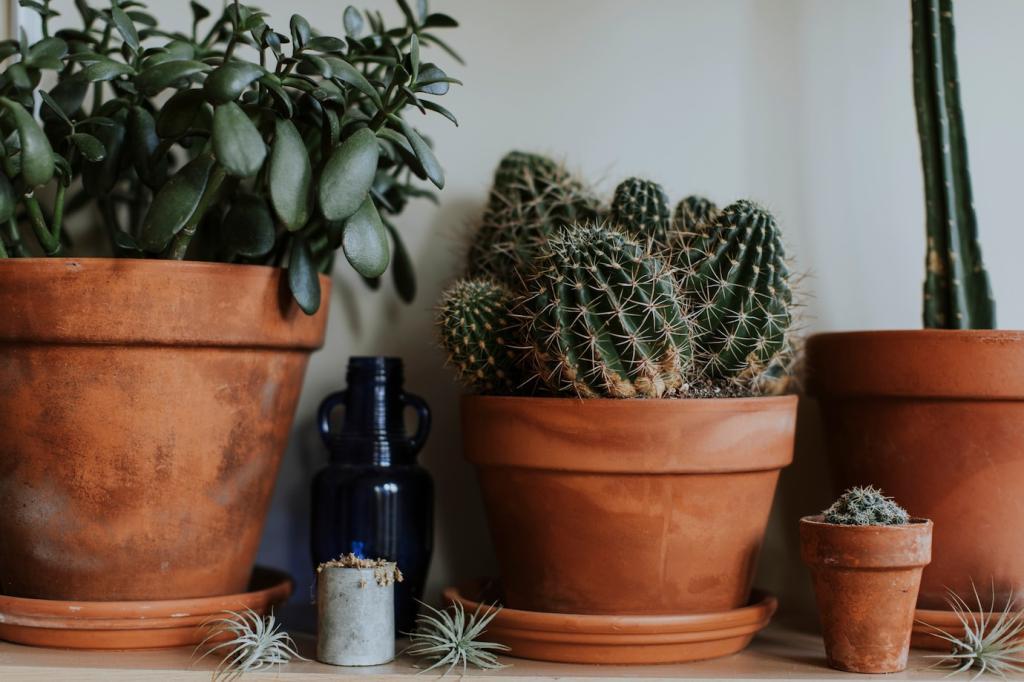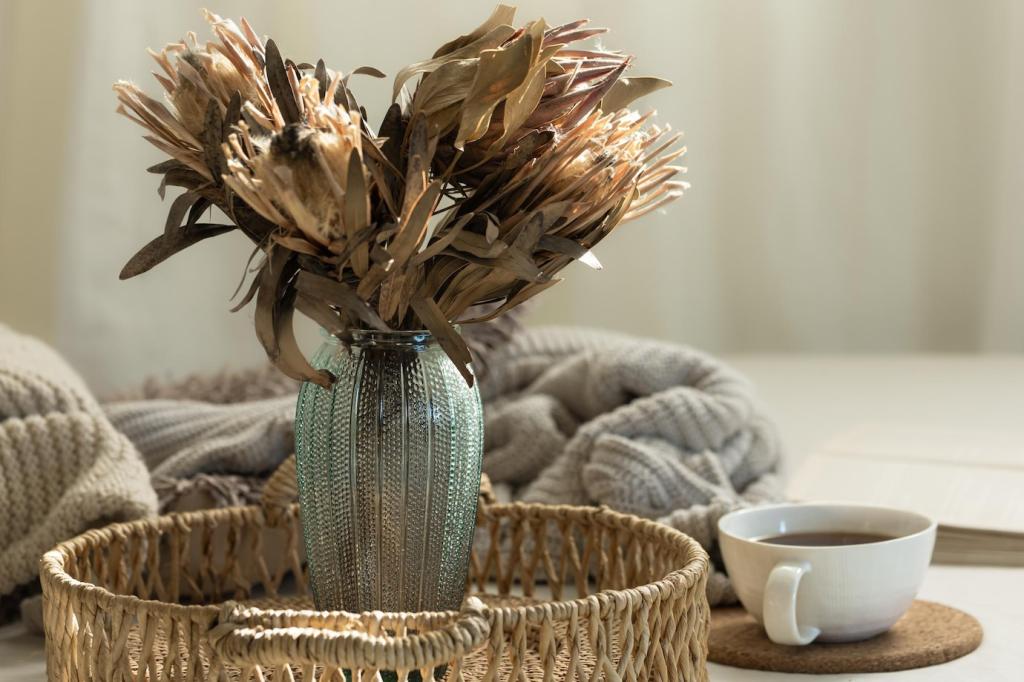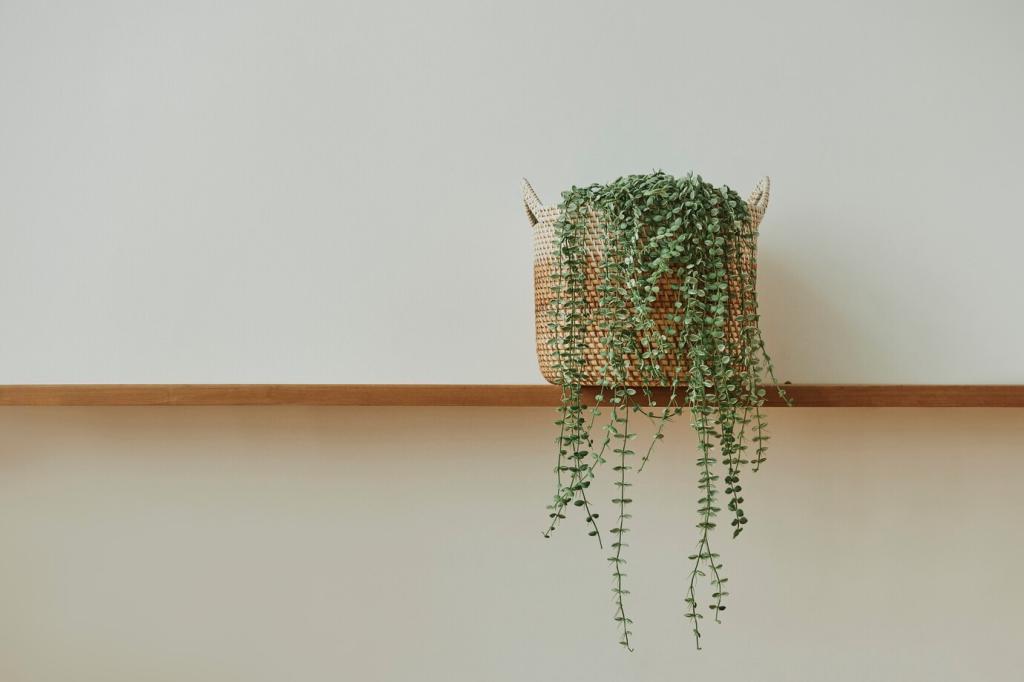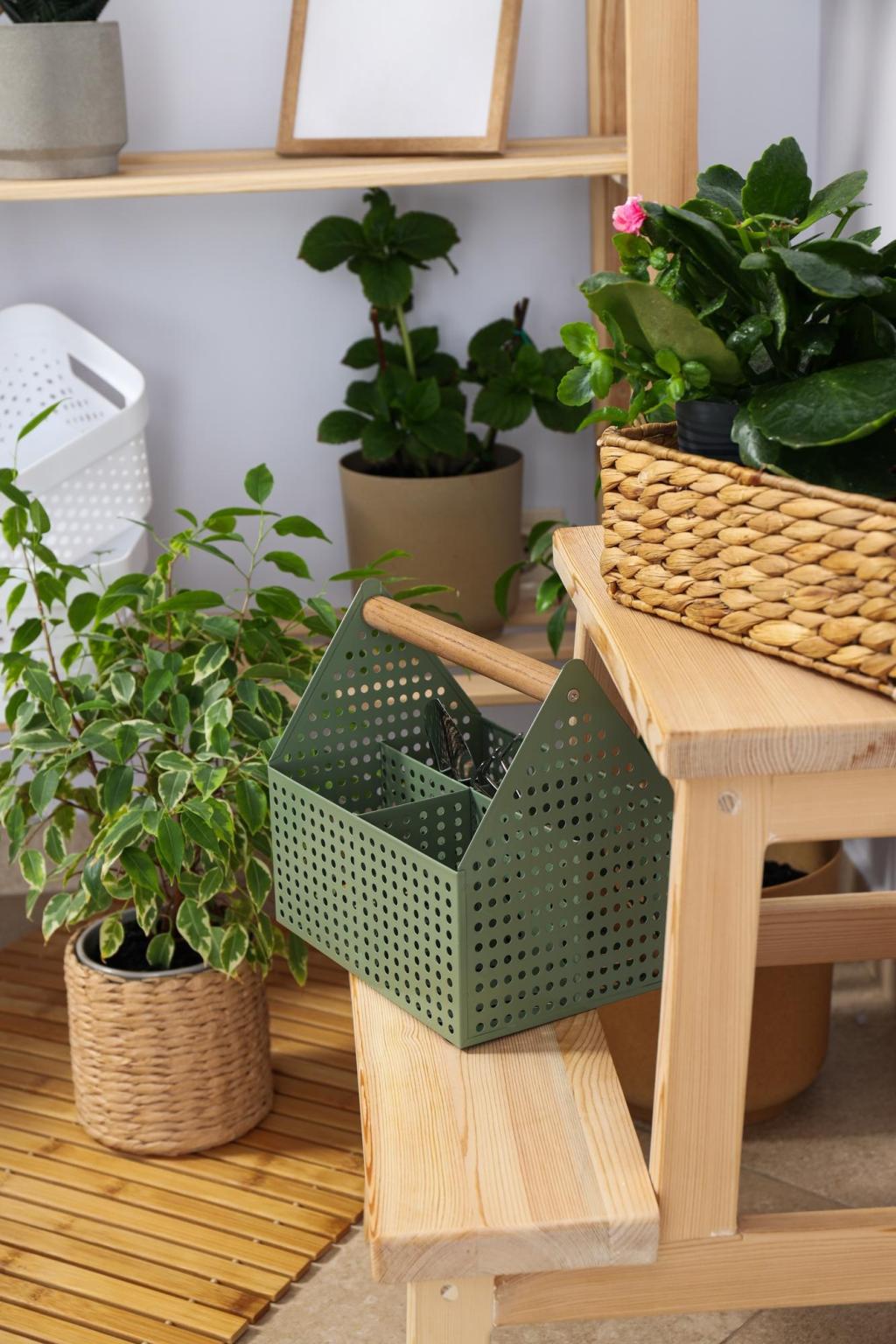Wood Fiber and Other Plant Boards
Wood fiber boards offer continuous insulation while allowing vapor to pass, helping reduce thermal bridges and letting assemblies dry. Tongue‑and‑groove edges, robust compressive strength, and compatible tapes make them practical in both new builds and retrofits.
Wood Fiber and Other Plant Boards
A mid‑century home was wrapped in wood fiber, then re‑clad with a ventilated rain screen. Winter drafts vanished, summer rooms felt less stuffy, and street noise softened. The owners say the house finally matches the calm look they loved from day one.

